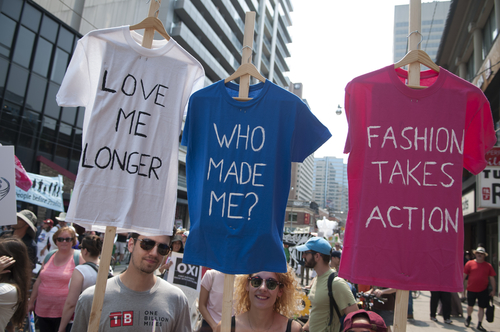The future of clothing sustainability
The future of clothing sustainability is likely to focus on reducing waste, minimizing the use of natural resources, and promoting ethical labor practices in the fashion industry. Here are some trends and innovations that we can expect to see in the coming years:.

Circular fashion: This is an approach to fashion that prioritizes the use of recycled materials, the reduction of waste, and the reuse of products. This includes practices like upcycling, where clothing is repurposed into new garments or accessories, and rental and resale models that extend the life of clothing.
Sustainable materials: We can expect to see an increase in the use of sustainable materials such as organic cotton, recycled polyester, and biodegradable fabrics. Innovations in textile production, such as using mushroom or algae-based materials, could also become more widespread.
Transparency: Consumers are becoming more aware of the environmental and social impact of the fashion industry, and are demanding more transparency from clothing companies. Brands will need to provide information on their supply chain and labor practices, as well as their sustainability goals and progress.
Technology: Technology will play a key role in making the fashion industry more sustainable. This includes innovations in materials science, such as the development of new eco-friendly fabrics and dyes, as well as new manufacturing techniques like 3D printing.
Consumer behavior: Ultimately, the success of sustainable fashion will depend on changes in consumer behavior. As more people become aware of the environmental impact of their clothing choices, we can expect to see a shift towards more sustainable and conscious consumption patterns.
Overall, the future of clothing sustainability is promising, with innovative approaches and technologies emerging to address the environmental and social challenges facing the fashion industry

Leave a comment